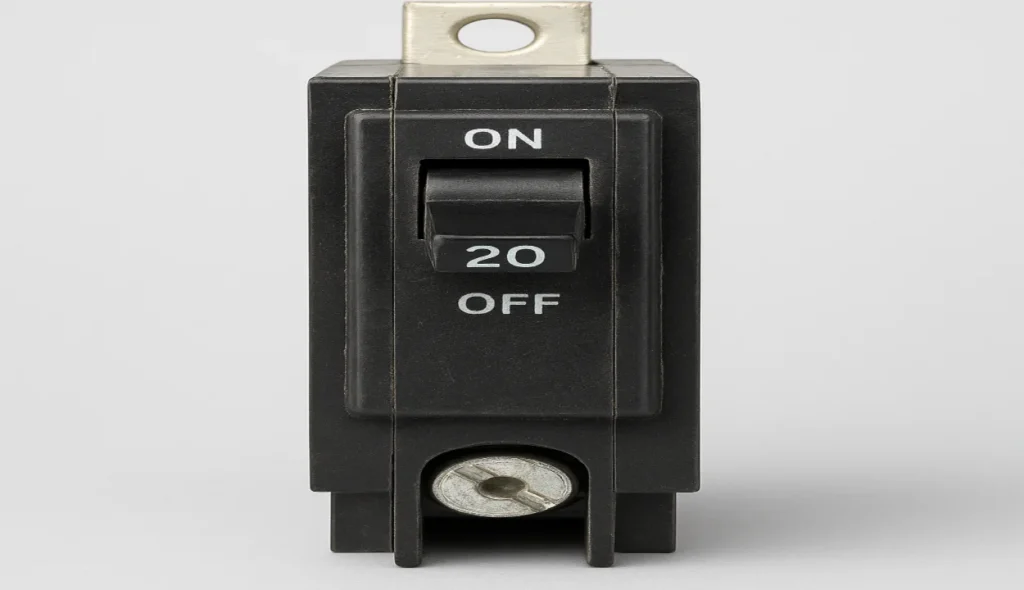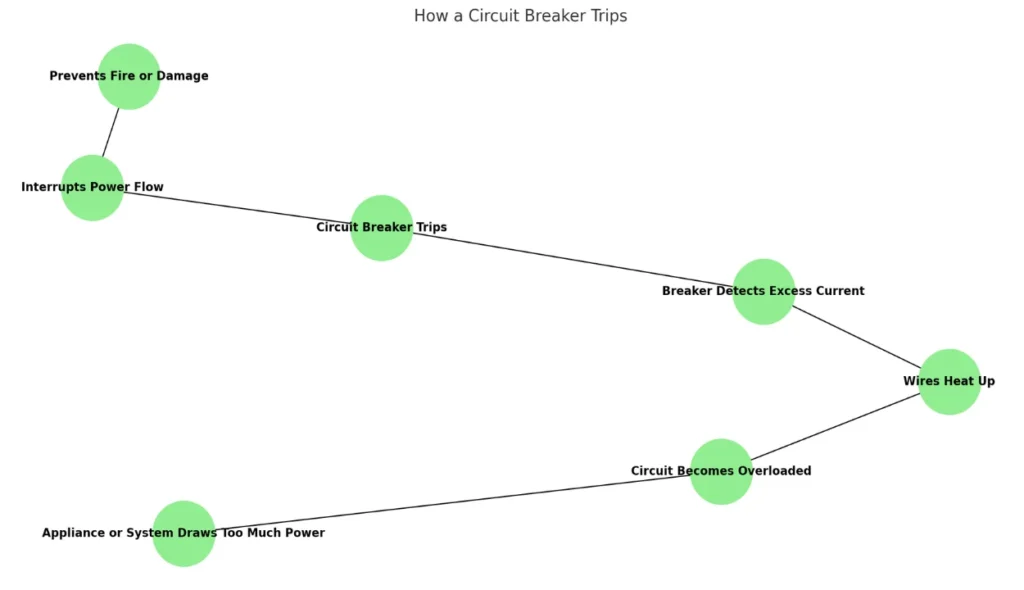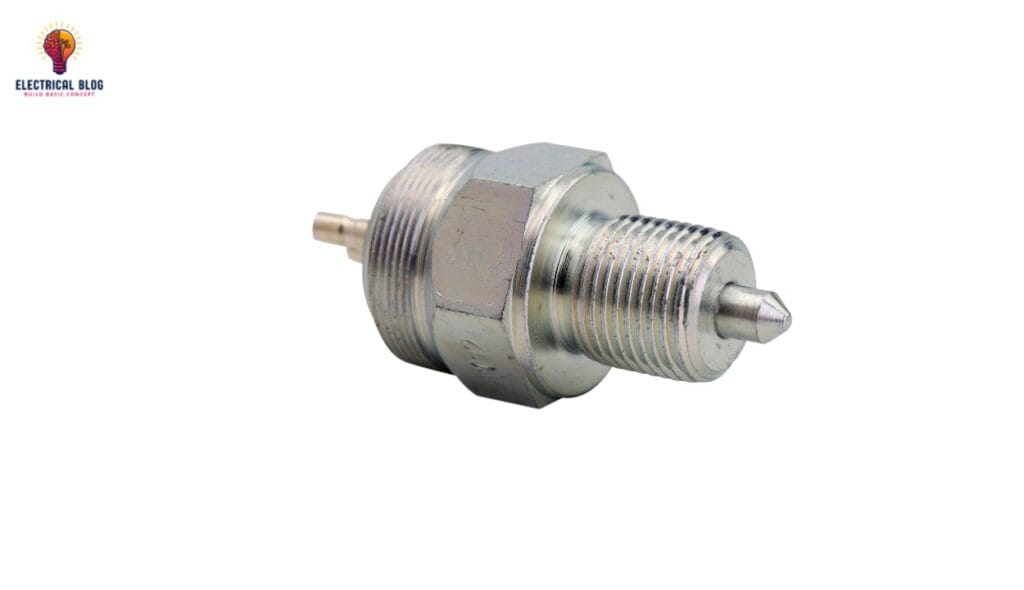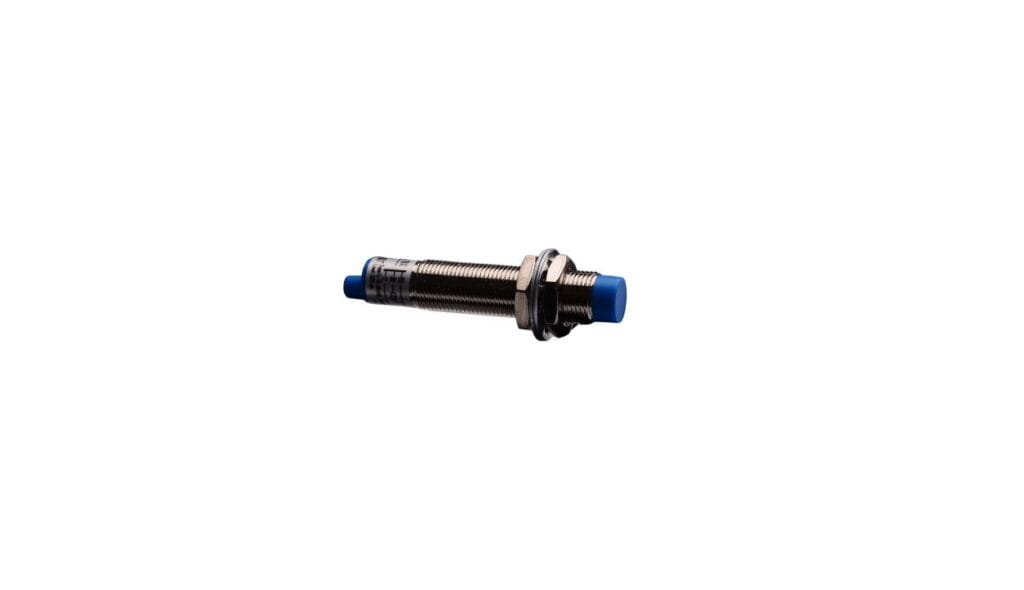
Having worked on electrical setups in both homes and offices, I’ve seen how a constantly tripping breaker is more than just an inconvenience. It’s a warning signal — your circuit is crying out about an underlying issue in the system. If ignored, this problem can quickly turn hazardous, creating serious safety risks.
Each trip can be a sign of overheating, damage, or fires waiting to happen — especially in older systems with unaddressed issues. It’s important to address the cause early by scheduling proper inspections to catch these electrical faults. This helps you maintain a safe environment and avoid harmful incidents caused by faulty breakers. You can also read about how to replace a circuit breaker.
Reasons Why Your Breaker Keeps Tripping
Overheating Appliances
In my work with home systems, I’ve often seen appliances like dryers, microwaves, or air conditioners trip a breaker due to overheating. When appliances are used too frequently or misused by ignoring maintenance, it can cause a hot component to fail. Use them according to the manufacturer’s instructions to ensure proper operation and prevent issues in the circuit.
Sometimes, the issue isn’t just a heavy electricity draw — a dryer might overheat if the vent is blocked or a component is worn. Washers, dishwashers, ovens, and refrigerators are all major appliances that can be part of the problem. Watch for any signs of an electrical short, especially if the breaker keeps tripping without warning.
Smart Steps to Stop Overheating
Clean your appliances regularly to remove dust, dirt, and grease that accumulate on coils, vents, and filters — these block airflow and make electronics overheat.
Always inspect cables, connections, and cords for damage. Make sure they’re secure, undamaged, and not overloaded to avoid sparks, soot, or even fire.
Unplug appliances when not in use, especially during the summer months, to prevent unnecessary heat and hazards from building up.
Check the condenser on refrigerators, freezers, and dryers. If it is clogged, it can trap heat and become a serious problem without routine maintenance.
Always clean out the lint after each dryer load. Make this part of your preventative care practice to ensure safety and avoid overloading extension cords beyond their capacity.
Overloaded Circuit
When a circuit demands too much power, the breaker shuts off to protect your home from damage or overheating. You might notice flickering or dimming lights, buzzing or humming sounds, or even a burning smell from warm wires. These signs mean your circuit wasn’t designed to handle so many appliances or electronics, and it’s cutting the flow of electricity to stop further problems.
Is it Dangerous if Circuit Breaker Keeps Tripping? How to fix it
Identify the breaker that has tripped by checking the breaker box for a flipped switch and watch for signs like flickering lights, buzzing or humming sounds, or warm-to-the-touch wires.
Turn the switch completely off, then back on to reset the breaker, but only after checking for visible damage to outlets, walls, or external wires.
Plug appliances and electronics back in slowly, one by one, and stop if anything looks unsafe or gets too warm.
Move some devices to a different general-purpose circuit to balance the load and avoid overheating.
Use high-energy appliances like a microwave or high-wattage heater sequentially, waiting until one is finished before using another.
If the issue continues, consider hiring a professional to install dedicated circuits for high-power appliances to avoid overloading again.
Short Circuit and Its Hidden Dangers
A short circuit happens when a hot wire touches a neutral, ground, or another wire, creating a low-resistance connection and sending excessive current through the circuit. This sudden surge in electricity can trip the breaker, damage appliances, or even start fires inside electrical systems or at an outlet or switch.
In my experience, loose wires, damaged components, or rodent-chewed lines are often the cause. These issues not only harm devices and property, but they also pose serious personal safety risks. Always identify and address the hazards with help from a professional service to prevent future damage.
How to Fix It Safely and Effectively
Start by unplugging all appliances, switching everything off, and then resetting the breaker. If the short occurs immediately, it may signal a problem in the entire circuit or electrical system.
To isolate the culprit, flip light switches one by one and plug in each appliance to observe if the breaker trips again — this helps to find the source of specific issues.
Never try a DIY repair for short circuits, as it is extremely dangerous. Even a small issue in wires, outlets, or parts can worsen without proper steps.
Always call a professional service to investigate, test, diagnose, and determine the root cause. Only an expert can truly fix, resolve, and repair such complex electrical faults.
Ground Fault and Why It Matters
A ground fault is a type of short circuit that occurs when a hot wire touches a grounded surface like a switch box, bare wire, or part of an appliance. This causes the breaker or GFCI interrupter outlets to trip, often due to water leaks, wire damage, or appliance damage. I’ve seen how even a small fault in the circuit can let current flow the wrong way and put your home at risk.
What to Do When a Circuit Breaker Keeps Tripping

If a circuit keeps tripping, try unplugging a few appliances to see if that solves the issue. A single appliance might be causing the issue, so try a different one to test.
If it keeps happening, the breaker may be worn out, or the circuit might be overloaded with too many things plugged in. You might need a dedicated panel installed to handle the load.
Don’t try handling electrical components or wiring on your own — it can be very dangerous. Always call an expert to take care of the issues safely at home and fix them properly the first time.


